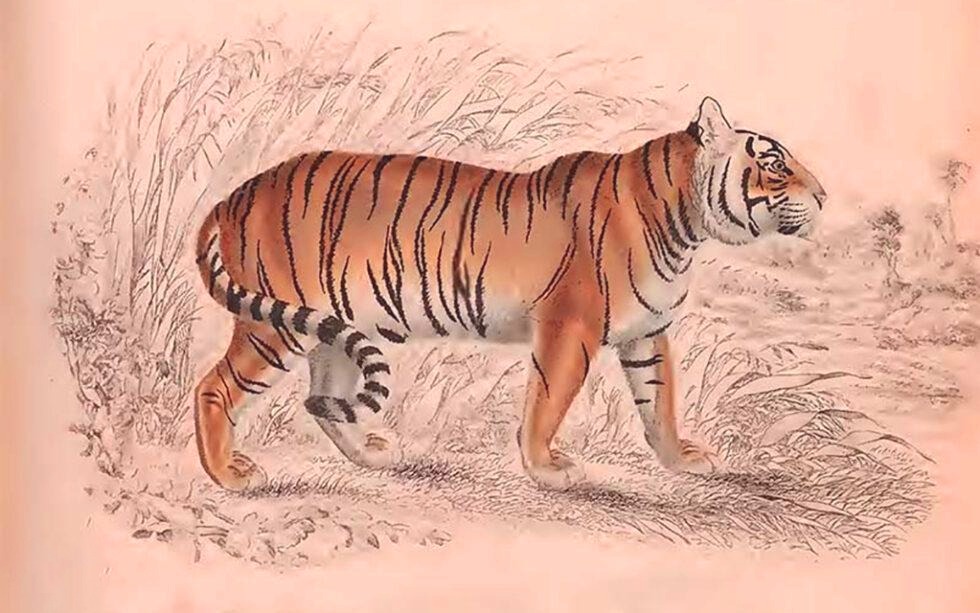The Bokha tiger now seems to be an anecdote of history, but it was this tiger that made forgot the thousands of hunting done in the state of Dungarpur and emerged the state a pioneer in conservation.
The rulers of the princely state of Dungarpur (Rajasthan) killed most of their tigers because of their hobby of hunting, and the remaining were completely eliminated by the British officers of that time. It is said that the chief of the princely state, Maharawal Bijay Singh, was worried due to the decreasing number of tigers. But until he could take some concrete steps, he died in the year 1918. After him, his son Laxman Singh sat on the throne but was very young in age and the British political agent Donald Field started handling his day-to-day work. Donald Field was also fond of hunting. In the era of already declining tiger numbers, he had made Dungarpur completely tigerless.
Organizing tiger hunting was the biggest sport of that time and also a means of building political relations. The king used to meet Maharaja on the pretext of hunting, and had a good time together. During this time he also used to take new political and economic decisions. It was a great loss for Dungarpur that there were no tigers anymore.
When the little boy Maharawal Laxman Singh was able, in the year 1928, he decided to bring the tiger again to Dungarpur. After thinking of various measures, it was decided that the tiger should be brought and released. A trader providing wildlife to zoos was contacted and he caught two tigers in the jungles of Gwalior and brought them to Talod in Gujarat with the help of railways. After that both the tigers were brought by road to Dungapur and released. Catching tigers alive from the wild used to be a difficult task, drug sedation was not in vogue those times. Often tigers used to break their teeth with the strong bars of the cages. The teeth of the male female tiger brought were probably also broken their teeth due to this reason, Hence the male is called Bokha and the female is called Bokhi. Between 1928 and 1930, many tigers were released into the forests of Dungarpur.
Now many types of rules and regulations were made for their protection, in the initial phase the hunting of tigers was stopped, proper arrangement of water was made for them. A security team was formed and it was decided that if a tiger hunts a pet animal, then its owner will also be compensated in time. By the year 1935, the number of tigers had increased to 20. This was a great achievement achieved in 6-7 years. Between 1930 and 1937, these tigers gave birth to 45 cubs and made Dungarpur a tiger-rich land again.
In view of the increasing number of tigers, Dungarpur state also controlled them and it was decided to keep at least 25 tigers alive in Dungarpur every time and after these tiger resettlement they also successfully hunted 25 tigers. This is how the Dungarpur Tiger Rehabilitation Program was established before Sariska.
However, the restoration of the tiger in Sariska was an even more difficult task, which has been done well by the Rajasthan Forest Department. It is sad that today Dungarpur is again tigerless and it is waiting for some Lakshman Singh to come again who can make this land full of tigers.
Apart from Siriska, Ranthambore National Park Rajasthan is another tiger hub in the state where tiger conservation efforts of the forest department could be seen.
